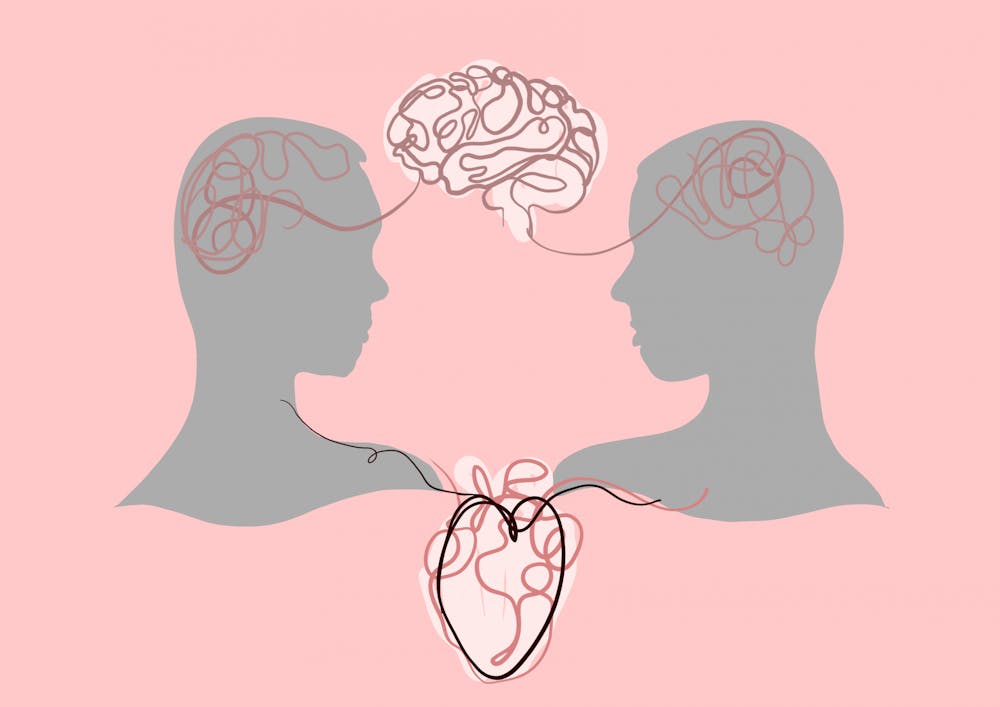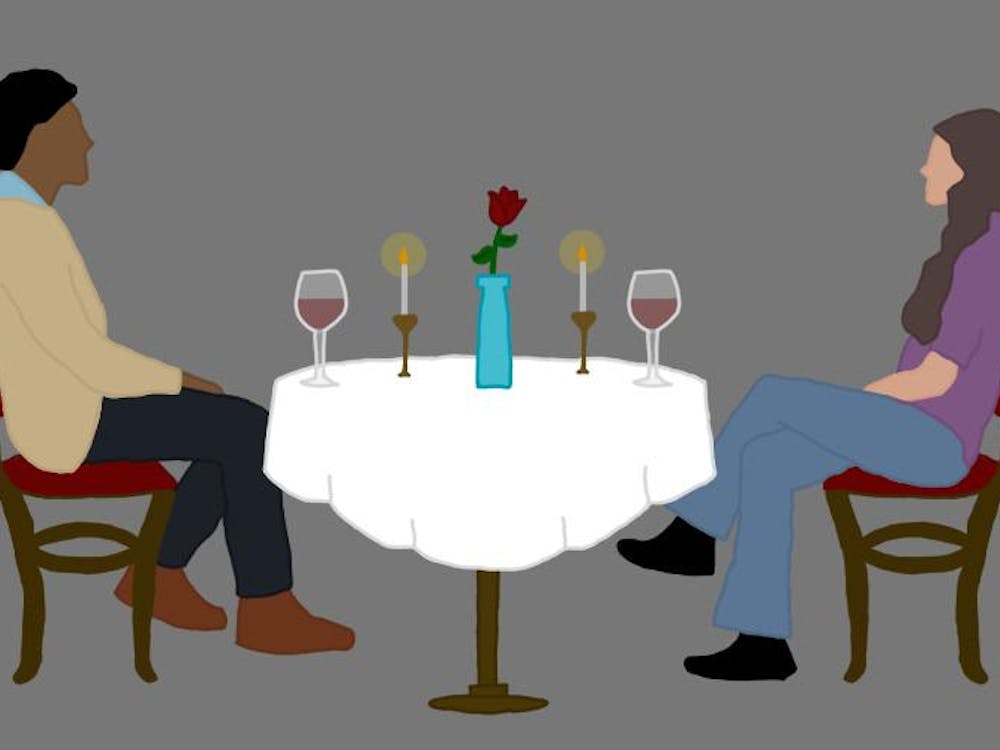With the development of advanced technology and techniques in the past 20 years, psychologists have delved deeper into the broad phenomenon known as interpersonal synchrony. Interpersonal synchrony between individuals, as explained by University psychology professors, is a common behavior present in relationships that helps them cultivate bonds and resolve conflicts. Their research can help students better understand the dynamics within their own relationships and how to navigate them.
Interpersonal synchrony is considered a necessity for smooth social interaction and can be expressed in a physiological, behavioral or affective manner. The symmetric movement can be amplified or reduced based on factors relating to people’s energy and attitudes. In romantic relationships in particular, synchronous behavior can instill consistent feelings of intimacy.
Second-year Architecture student Caleb Birnbaum noticed that he’s started to share a similar sleeping pattern with his girlfriend, third-year College student Zoe Van Winckel ever since they started dating.
“Before I started dating Zoe, I slept in a lot more,” Birnbaum said. “But she wakes up really early, so I feel like my circadian rhythm has changed and I can't sleep as late as I used to.”
Sleeping in sync for Birnbaum and Van Winckel — and other behaviors that couples may find themselves mirroring as their relationships develop — is an example of what is called physiological interpersonal synchrony.
Quantitative Psychology Prof. Steven Boker runs the Human Dynamics Laboratory at the University which works to measure and understand these types of dynamics and changes in human behavior. Boker said that the unique rhythms of interpersonal synchrony, noting how a couple might find themselves at sync in certain times and at other times less connected — it ebbs and flows.
“People will establish synchrony and then break it and then establish synchrony and then break it over and over again,” Boker said. “This synchrony is not exactly like a mirror, in which things that are synchronous happen at the same time.”
In a similar vein, Asst. Psychology Prof. Adrienne Wood explores interpersonal synchrony and several types of social dynamics responsible for how people connect in the Emotion and Behavior Lab. This lab attempts to examine the development and maintenance of social connections at the level of singular interactions, social networks and societies.
Wood explains how observable or physically visible synchrony is useful in the beginning stages of romantic relationships, such as is the case with first dates where people may unconsciously foster common ground by mimicking each other’s behaviors or interests.
"Because two independent strangers don't know if they have anything in common, they need to somehow establish that they have something in common because similarity is so important for connection,” Wood said.
Fourth-year Commerce student Joe Beck explains how when he first started dating second-year Engineering student Madison Gallagher they began watching a TV show that Beck really liked, but Gallagher hadn’t seen.
“I'm a really big fan of the show Downton Abbey and so I think maybe Madison convinced herself that she actually did enjoy it during the first month or two of us dating,” Beck said.
In contrast with the almost necessary synchrony observed during the earlier stages of romantic relationships — like engaging in your partner’s interests to feel closer to them — physically observable interpersonal synchrony can decrease the longer a relationship persists, according to Wood. Boker agrees, but said that it may not be a bad thing and is completely natural. This is likely due to the fact that a connection is already established between the people in a relationship and it is unnecessary to frequently display similarity or symmetry.
"It does happen that as people get to know each other better, they will synchronize less even though they might trust each other more,” Boker said.
Gallagher describes her initial shared interest with Beck, reading, and how her fondness of reading has evolved throughout the duration of their relationship to the point where they may not share that interest so much anymore. Changes in synchrony like this can happen in long-term relationships as couples fall into different rhythms over time.
“On the very first date, Joe was talking about his interest in reading and I said [that] I like reading too, but he reads way more than me,” Gallagher said. “I wouldn't say that reading is something that we still have to bond over at this point in our relationship. I think we complement each other and I don't think we try to be something we're not at this point.”
Wood also points out the fact that the effectiveness of interpersonal synchrony is context-dependent. Birnbaum has observed that synchronization with his girlfriend may not come easy all the time. For example, when he or his girlfriend are having a bad day, they sometimes struggle to find an effective method to comfort the other.
“I feel like we both try to make each other feel better in the ways that we ourselves would want to feel better and they're not synchronous since we don't have the same reactions to things,” Birnbaum said.
Research in Wood’s lab demonstrated that affective synchrony, or the embodiment of another person’s emotions in oneself, enables two people to effectively share new information with one another, regulate each others’ emotions and build social bonds. Van Winckel talks about the type of affective synchrony present in her relationship with Birnbaum.
“I would say maybe we've become more in tune to each other's emotions as our relationship has progressed in terms of recognizing more subtle signs of not being perfectly content,” Van Winckel said.







